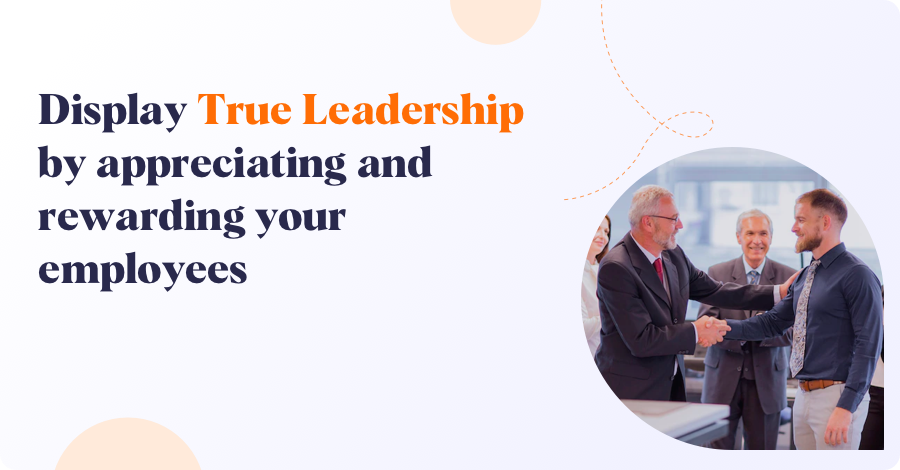Designing a Remarkable Employee Perks Program that Fuels Success
In today's fast-paced business landscape, the concept of "Employee Perks Program" has emerged as a game-changing strategy that fosters a thriving work environment. Employees now want more than just salaries from their employers. They want a competitive benefits package to motivate them and improve their satisfaction.
This innovative approach goes beyond the standard compensation package. It fosters a people-first work culture and enables an organization to attract top talents. However, the real question is how will you develop a fantastic employee perks strategy that is both dynamic and employee-centric. Let's explore more on the topic and how it can revolutionize our workplaces.
What is an Employee Perks Program?

An employee perks program is a set of additional incentives and benefits provided by an organization in addition to their normal compensation. These programs are designed to increase employee experience, boost morale, improve retention, and ease financial stress. In addition, it can also provide a competitive advantage in the job market, where you can attract candidates with comprehensive benefits packages.
However, such a program is not easy to design as various facets of the organization and employees are considered. If not designed correctly, the program will fail to deliver, and the organization’s sentiment will be a waste. Let’s glimpse at some of the factors that act as determinants while devising a perks program-
- The organizational structure.
- The overall budget that they can spend.
- Number of employees in an organization.
As a decision-maker, you must be strategic to make the best use of the program and implement it effectively.
Recommended Resource: 7 Companies with Best Employee Perks
Types of Employee Perks Programs
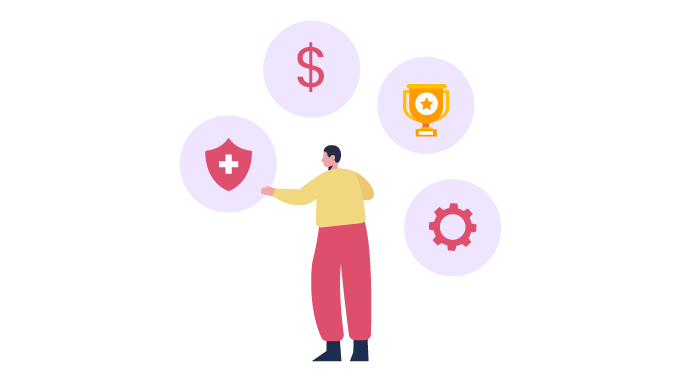
The employee perks program can be classified into Traditional and non-traditional benefits.
A. Traditional Benefits

Traditional benefits are the specific benefits an organization offers its employees. Some of them include the following-
1. Health Insurance:
Over 80% of employees over 42 want jobs that involve employer-provided healthcare (Forbes Advisor). The number shows the critical importance of healthcare in an employee's life.

This type of insurance cover helps an employee pay for medical expenses. Most organizations offer health insurance as a benefit to their employees. This helps them cover the cost of doctor visits, prescription medications, hospital stays, and other healthcare-related expenses.
2. Retirement Plans:
Retirement savings are viewed as the most essential benefit by 77% of working Americans. (SHRM), highlighting the significance of it.
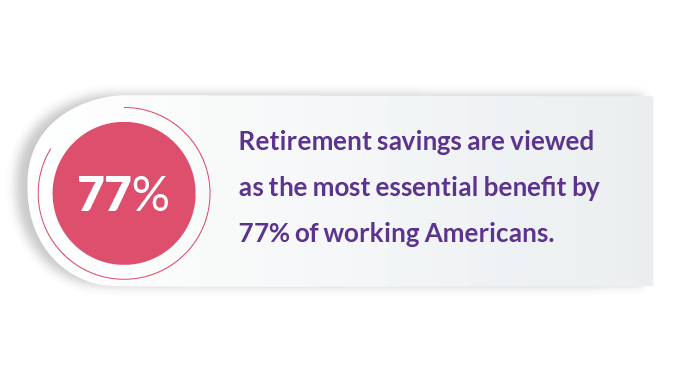
Retirement schemes aim to facilitate the process of employees accumulating funds for their future years after they exit from active work. As a gesture of gratitude towards their diligent workforce, employers can offer various retirement plans such as 401(k) or pension-based schemes. Employees can save a portion of their pay into a retirement savings account, which increases over time.
3. Paid Time Off:
Paid vacation time is available to 81.5% of private industry employees and 92% of employees at companies with 500 or more employees.
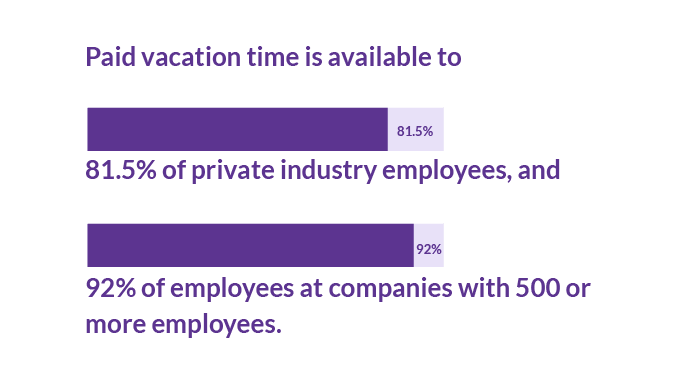
Paid time off (PTO) is when an employee can be away from work while still being paid. It can include time off for vacation, sick leave, and personal development. Many employers provide paid time off to their employees as a benefit to help them balance their work and personal lives.
4. Education Assistance:
48% of companies provide undergraduate or graduate tuition assistance benefits (SHRM). These programs are intended to assist employees in upgrading their education and careers.

Many employers provide educational assistance to their employees as a benefit, such as tuition reimbursement or educational leave. It can help employees improve their skills and knowledge, benefiting both the employee and the organization.
5. Life Insurance:
According to Forbes Advisor, life insurance was deemed the top benefit by 45% of employees and 43% of employers.
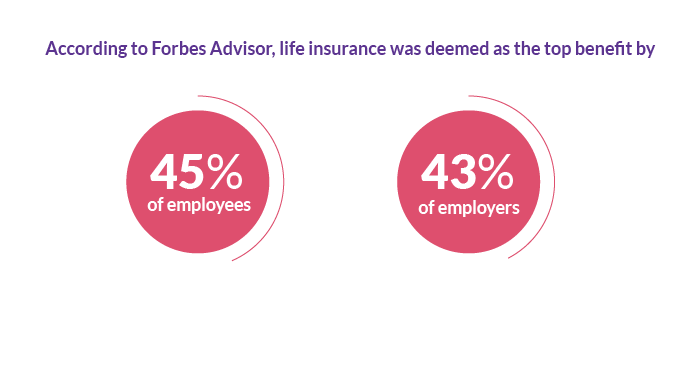
Life insurance is insurance coverage that pays out a sum of money to a beneficiary when the policyholder passes away. Many employers offer life insurance as a benefit to their employees. It is a medium to financially support the employee's family or other beneficiaries during their untimely death.
6. Bonuses:
Bonuses have existed before, but a bonus's importance has increased with time. If you are a manager, you would like to acknowledge your employees' hard work. And to do that, you can provide yearly bonuses regardless of the profit or not. You can keep a separate budget for it so that it does not become an issue financially.
B. Non-traditional Benefits
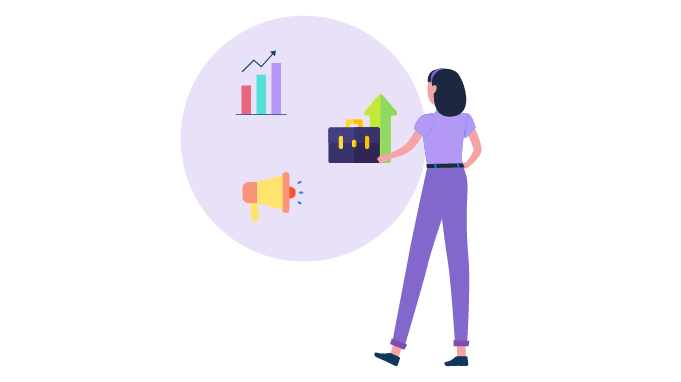
Non-traditional benefits are those that work as an add-on on top of the traditional benefits that an organization has to offer. These are provided to give a company a competitive advantage while focusing on increased retention. Some of them include the following-
1. Flexible Work Arrangements:
According to PwC's Global Workforce Hopes and Fears 2022 Survey, 62% of employees desire a combination of in-person and remote work.
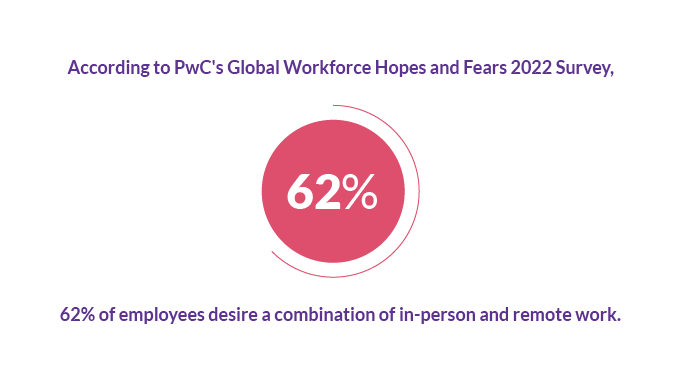
Flexible work schedules are meant to offer employees greater authority over their time spent at work. It could involve options such as working from home, telecommuting, or splitting duties. The main objective is to improve work-life balance and minimize stress in the long run.
2. Wellness Programs:
38% of employees are more likely to be engaged if their employers care about their health and well-being. (SHRM)
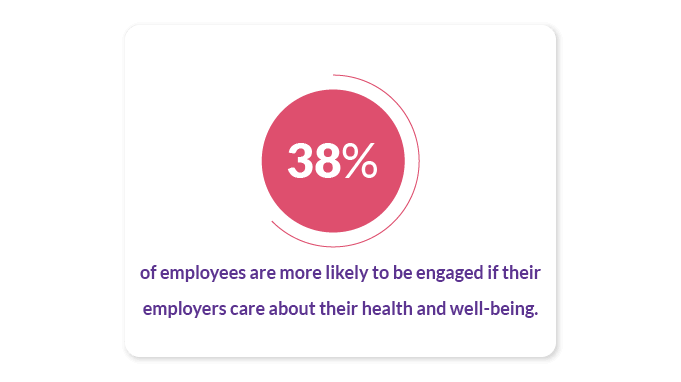
Wellness programs work as an extra benefit that helps employees improve their physical and mental health. It can include things like on-site fitness classes, gym membership, and stress management initiatives. Such programs reduce healthcare costs and remove the financial tension of an employee.
3. Professional Development Opportunities:
Gartner reports that the skill set necessary for a single job is increasing by 10% yearly. And that is likely to keep on increasing with time.
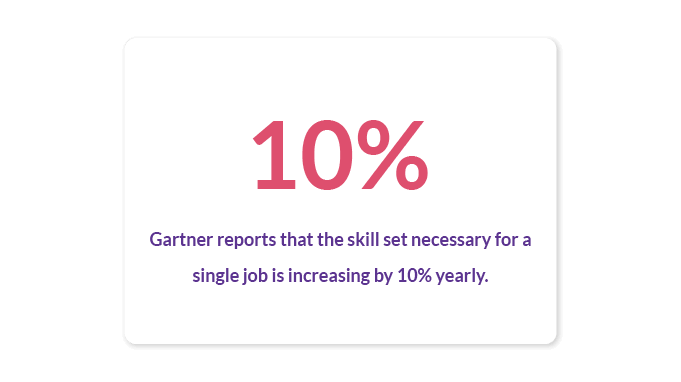
These opportunities are created to help employees enhance their skills and advance their careers. It includes training programs, mentorship opportunities, and career development resources.
Recommended Resource: The Ultimate Guide To Employee Development In 2023
4. Employee Assistance Programs:
After the implementation of EAPs, 86% of the workers had a positive influence on their well-being. And that is hugely significant for working professionals in a dynamic work environment.
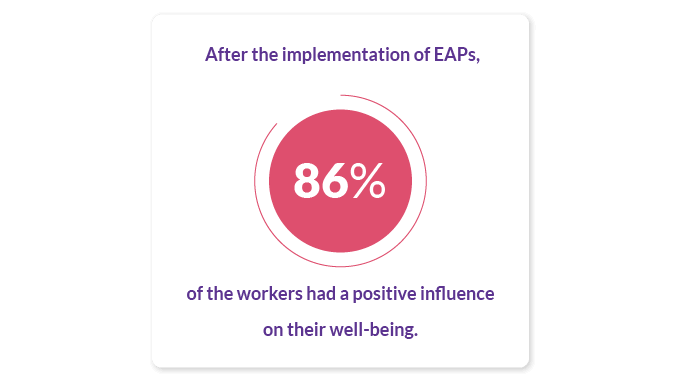
Employee Assistance Programs (EAPs) are implemented to provide employees with access to counseling, mental health services, and other support resources. It can help employees deal with personal or work-related challenges and can also help improve overall employee well-being and job satisfaction.
5. Pet-Friendly Policies:
Pet-friendly policies allow employees to bring their pets to work or have other pet-related benefits. It includes pet insurance and pet-related time off. Such benefits can help improve employee morale, reduce stress, and create a more welcoming and inclusive work environment.
Designing a Winning Employee Perks Program!
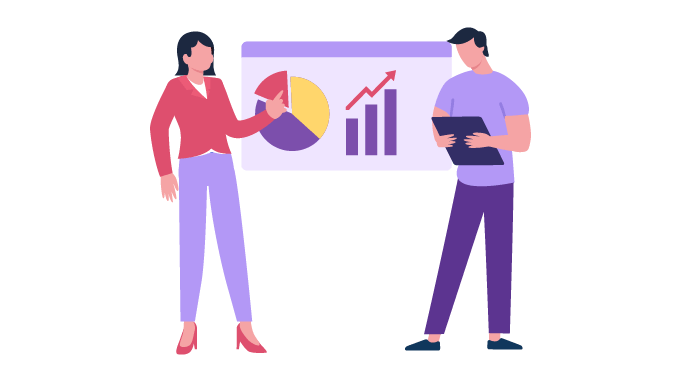
You have now glanced through the traditional and non-traditional benefits. Now the real struggle is to design an efficient employee perks program. But do not worry; we are here to help you get started with it. And below is a list of the necessary things to consider to design the program.
A. Assessing Your Organization's Needs

Before you jump into implementing an employee perks program, you need to understand a few things that include-
- What are the organization’s needs?
- How will the program help?
- What is the end goal of having such a program?
These questions will give you a clear view of the program's long-term impact. But then again, these questions alone will not help. Here is a list of additional things that you need to cover-
1. Understand your company culture: The employee perks that you might be thinking about should align with your company culture and values. What do you need to do about that? You can consider what your company stands for and what the employees seek regarding benefits. That way, you can develop the best benefits for the workforce.
2. Conduct a Survey: Without a prior understanding of your workforce, you cannot cater to their needs. But how will you do that? By asking the right questions. When you ask the appropriate questions, you will generate the appropriate answers. This will help you tailor your perks program accordingly.
3. Analyze Employee Demographics: Consider the various demographics of your workforce, such as age, gender, and job level. When considering the demographics, you determine the relevant benefits for different groups. In the long run, this helps you develop a balanced benefits program.
4. Review Industry Benchmarks: Understand and do a market analysis of the different perks that other companies are offering. Doing so will help you provide better and more competitive employee benefits and increase retention rates.
5. Consider the Cost: This one is important. Afterall, it's the money that plays a crucial role. Determine what your organization can afford regarding employee perks. It is a critical step that will strike a balance between providing valuable benefits and managing costs without compromising the quality of the benefits.
Remember that proper planning can provide your employees with a highly practical benefits program in the long run.
B. Choosing the Right Benefits and Platform
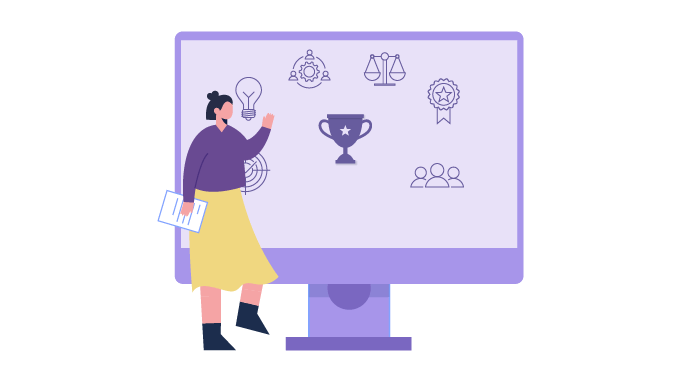
Choosing the right benefits that align with your organization is critical. It should be within your budget and impactful. In addition, how you will deliver the benefits is also essential. With the shift in virtual tools, providing benefits through virtual mediums is the correct approach.
For example, Vantage Circle’s online Perks Program enables employees to access a global catalog of top brands and services exclusively created for them. In addition, with the help of these offers and deals, employees can ease their financial stress and shop while earning cashback. Hence, this can be a useful perk you can provide your employees. This unique approach lets you put forward something new for the employees in a fast-paced corporate environment.
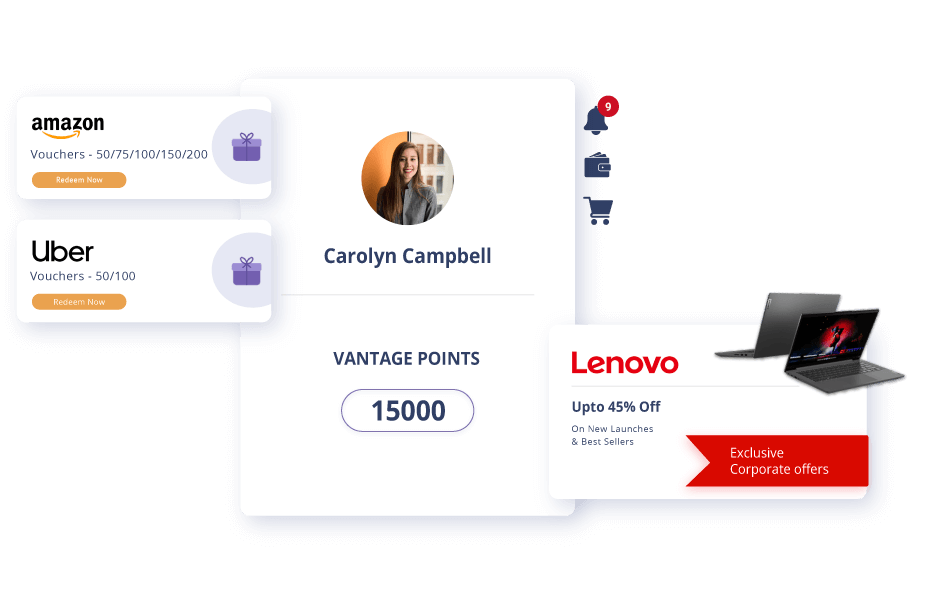
(Image Source: Vantage Circle)
But then again, there are certain parameters you need to be aware of. Some of them include the following-
1. Determine your budget: Determining your budget will help you narrow your options and make informed decisions. This way, you can pick the right and helpful benefits without sacrificing much of the organization's budget.
2. Identify your priorities: Like everyone else, set your priorities right. Knowing your priorities will help you segregate the wants and needs of the organization. Determine which benefits are most important to your organization based on your budget and employee demographics. It can include health insurance, retirement plans, flexible work arrangements, or professional development opportunities.
3. Research available options: Have a research-based mindset that will help you explore various tools in the market. Once you set out to choose the right platform, conduct thorough research to identify the benefits and platforms that align with your priorities. This will help you pinpoint the most appropriate options in the marketplace.
4. Assess platform usability: While selecting the platform, ensure its usability and ease of use. A user-friendly platform that provides gamification will increase the employees' engagement while providing the necessary satisfaction.
5. Consider Integration with existing systems: Before implementing the program, consider how employees will adapt to it. You need to make their life easier and better. So, select a platform that integrates with your existing systems. This automates the data and helps you make the transition without any hiccups.
6. Evaluate customer support: Before you finalize the platform, ensure they have dedicated customer support. With the help of a swift customer support team, your queries and issues will be easily resolved, improving the overall user experience.
These parameters are critical to making the perks program work round the clock. At the end of the day, you will be investing heavily in it, and you would not want any sort of shortcomings in the future.
If possible, onboard a benefits platform that caters to the diverse and inclusive needs of the workforce.
C. Communicating with Employees
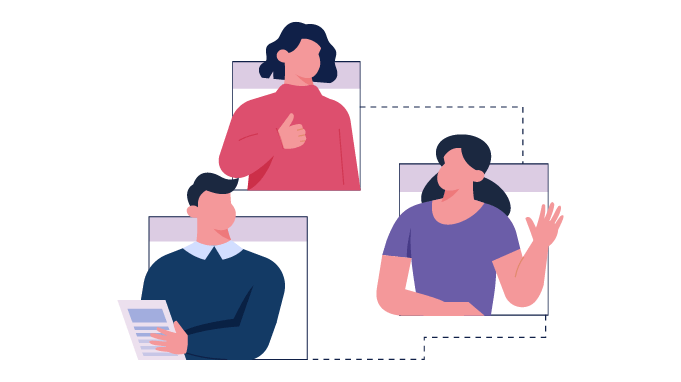
Communicating things about the perks program effectively is a crucial part of the program. The employees need to acknowledge the benefits because it is done for them. And to do that, you can follow the steps mentioned below-
1. Create a clear communication plan: Develop a good communication plan outlining the benefits program for employees. The plan should include a timeline, messaging, and channels for reaching out to employees. The more you communicate, the better the organization can bring in the changes.
2. Keep it simple: Avoid using technical terms or complex language when communicating about the benefits program. Instead, use clear and concise language to help the employees understand what the program includes. A simple message will deliver the message you want without creating confusion.
3. Highlight the benefits: The employees need to understand the program's value and how they will benefit from it. Hence, it is essential to highlight what you are offering to them so that you can encourage maximum participation.
4. Encourage questions: If the employees have queries from their end, encourage them to ask the relevant questions. This can be done through Q&A sessions, online forums, or with the help of a survey.
5. Follow up: Follow up on time to ensure that the employees understand the information and have all their questions answered. This will help build trust and generate confidence in the perks program that you want to implement. And if they are still wondering whether to indulge in the program, give them confidence by resolving their queries personally.
Without the support of your employees, the perks program will not work. To avoid such occurrences, you must have a working communication channel to convey the message. In the long run, it will keep things transparent between the management and the workforce.
D. Measuring the Success of the Program
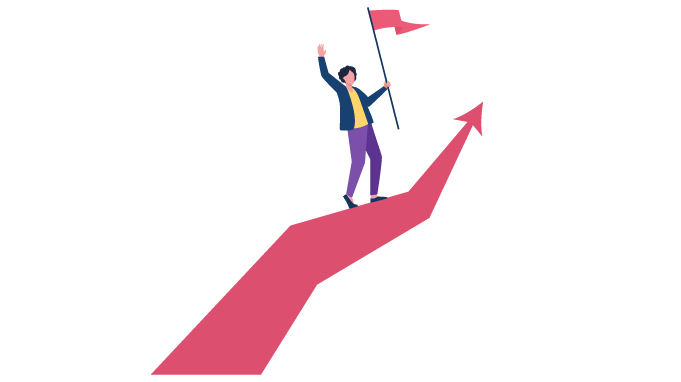
To ensure the program succeeds, it must meet your goals before implementing it. In addition, you need to track the data and engagement of the program as well. If the numbers are positive, you can assume the program is running smoothly. However, what are the things that you need to be mindful of? Well, below is a list that will help you measure the success of the program-
1. Collect feedback: Collect regular feedback from your employees about the benefits program through surveys or one-on-one meetings. This will help you evaluate the program and understand the areas of improvement while making informed decisions on the future benefits that you provide.
2. Track Participation Rate: Track the level of participation and engagement of the employees in the program. Once you get the accurate numbers, you can take further action, whether to improve the program or just modify it accordingly. But if the participation rate is less, then encourage participation by incentivizing it. This might help your efforts in increasing participation.
3. Monitor costs: Keep track of the entire costs of the benefits program to ensure you stay within budget. This could involve tracking the costs per employee or determining if the perks cost the organization more than they should.
4. Analyze utilization: Analyze utilization rates for each benefit product to learn how often employees use them. This can help you identify areas where further education or support is required or whether the benefits must be changed. Do this as a regular activity so that you do not overdo your budget and pinpoint the areas of concern of the program.
5. Review regularly: Reviewing your benefits program regularly will help you stay on track and aligned with the needs and expectations of your employees. And with time, it will only evolve that will require you to review it and make developmental changes.
Conclusion!
Setting up a robust employee perks program that works as a backbone of the organization is essential. The idea is to evolve the perks with time and make them more employee-friendly. But it will require patience and good strategies to benefit employees and employers in the long run. The more you delve into the program, the greater your understanding becomes, substantially improving your decision-making process. You must figure out what’s best for your employees and the organization. Afterall, the end goal is to create a workforce that is productive and loyal to the organization.
FAQ
Q. What are the benefits of having a good employee perks program?
A. A few of the benefits of having a good perks program include-
- Reduced absenteeism.
- Higher retention rates.
- Elevated employee satisfaction.
- Good employee experience.
Q. What are some common types of perks offered in employee perks programs?
A. Some of the common perks offered include the following-
- Health Insurance.
- Paid Time off.
- Education Assistance.
- Wellness programs.
- Flexible Work Arrangements.
Q. What are the challenges of implementing an employee perks program?
A. A few of the challenges of implementing the program include-
- Cost to the company if the budget is not set right.
- Including the right perks and benefits that is effective.
- Fulfilling the diverse employee preferences.
- Changing employee expectations.















